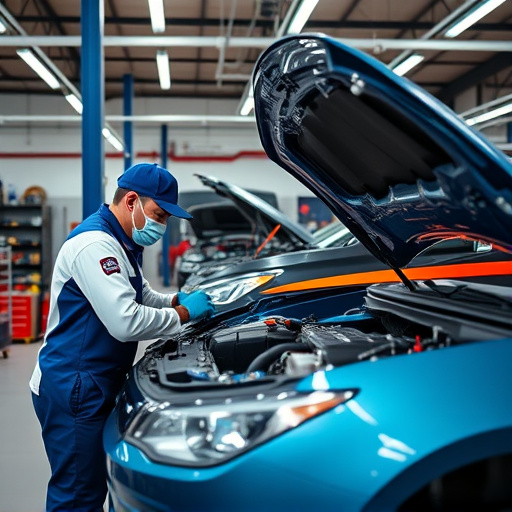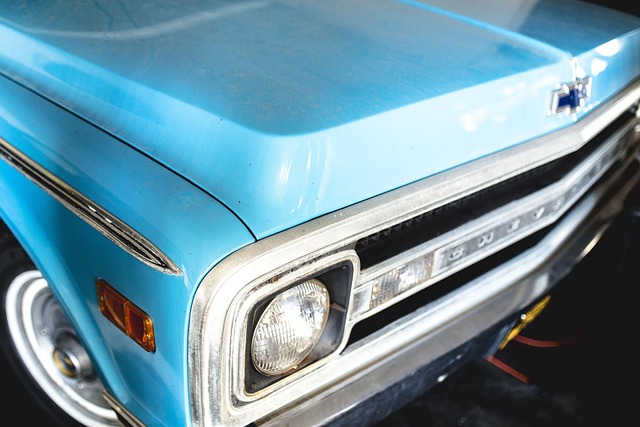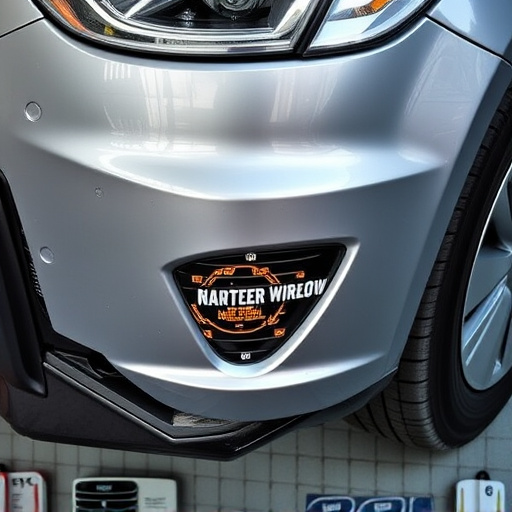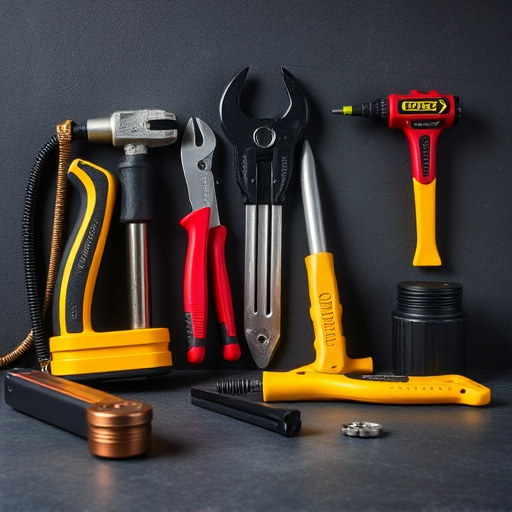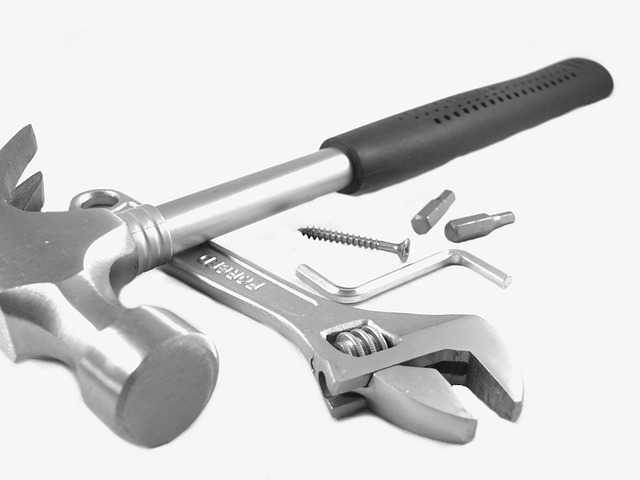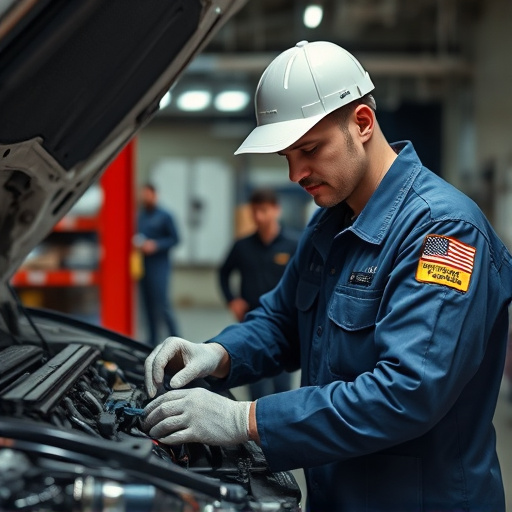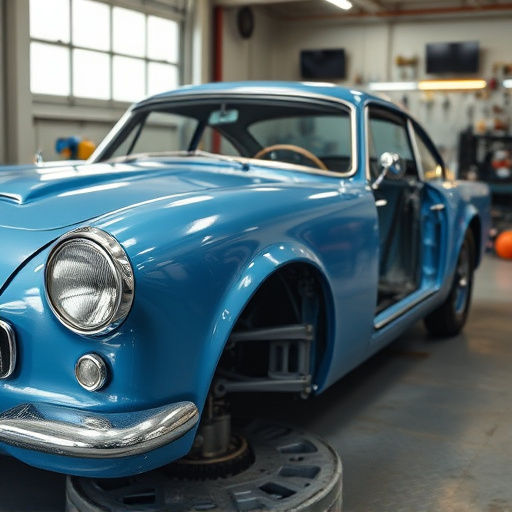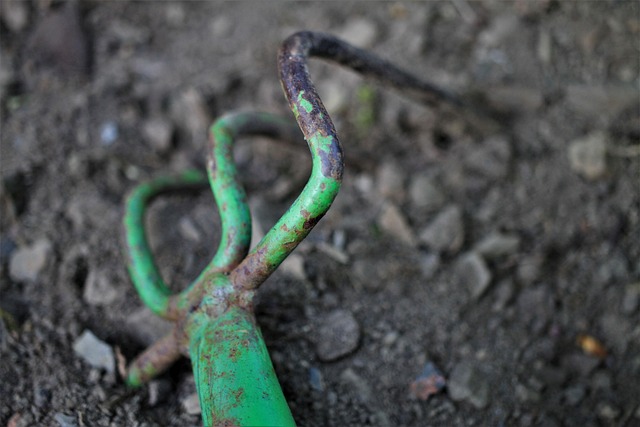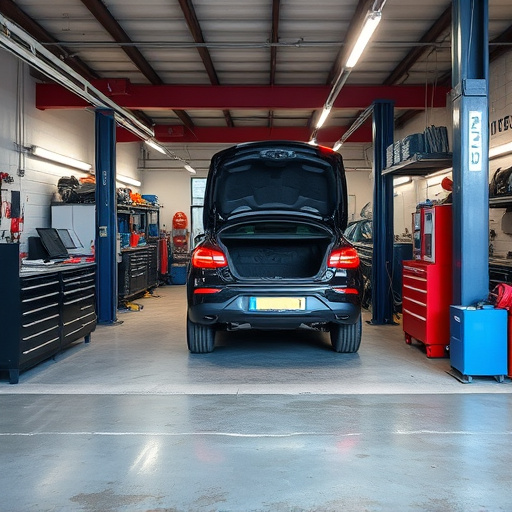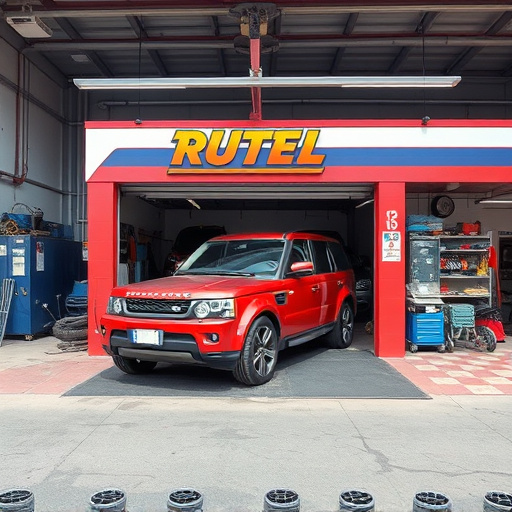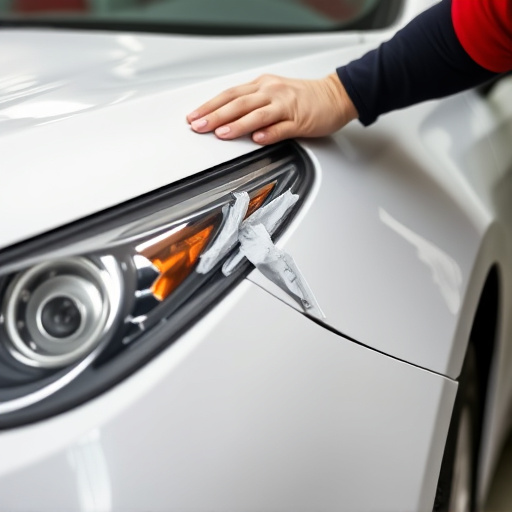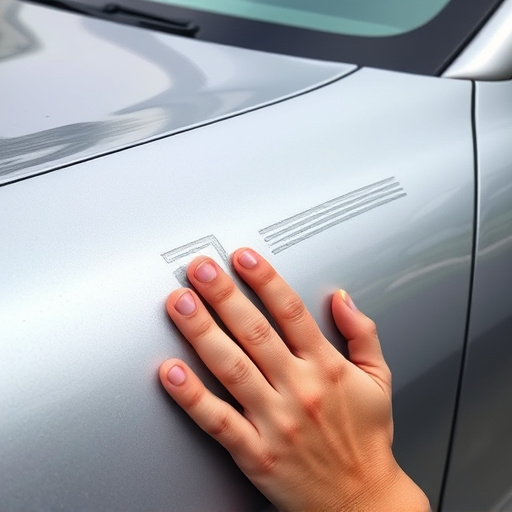Restoring vintage vehicles after a collision requires specialized skills, historical accuracy, and adaptation to environmental factors like humidity and temperature. Modern restoration techniques merge historical preservation with sustainability, using eco-friendly paints, green tires, and advanced equipment to minimize environmental impact while adhering to safety standards. This blend of history and ecological consciousness ensures vintage vehicles are restored beautifully and responsibly.
In the realm of classic car restoration, understanding the intricate dynamics between environmental factors and vintage vehicle collision repair is paramount. These unique vehicles, with their intricate designs and delicate materials, demand meticulous care when involved in accidents. This article delves into the intricate relationship between environmental conditions and vintage vehicle collision restoration, exploring challenges, impact on repair techniques, and the growing adoption of sustainable, eco-friendly practices for these precious classics.
- Understanding Vintage Vehicles: Unique Characteristics and Challenges in Collision Restoration
- Environmental Conditions: Their Direct Impact on Materials and Techniques Used in Repair
- Sustainable Practices: Adopting Eco-Friendly Methods for Restoring Vintage Vehicles Post-Collision
Understanding Vintage Vehicles: Unique Characteristics and Challenges in Collision Restoration
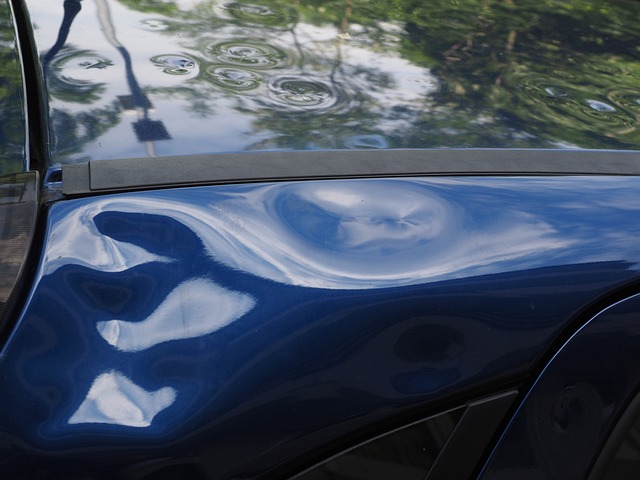
Vintage vehicles, with their classic design and historical significance, present a unique set of challenges when it comes to collision restoration. These cars are often not just valuable assets but also hold sentimental value for owners, making restoration an intricate process. Unlike modern automobiles, vintage models may have limited availability of replacement parts, and their construction methods can differ significantly from contemporary vehicles. The lack of standardized components means that restorers must be adept at locating or recreating specific parts, ensuring historical accuracy while adhering to safety standards.
Collision repair for these classic cars requires a delicate balance between preserving their original aesthetics and implementing effective damage restoration techniques. For instance, traditional paintless dent repair methods, which are increasingly popular in modern auto maintenance, might not always be feasible due to the car’s age or unique body panels. As such, restorers often need to employ specialized techniques and tools tailored to vintage vehicle collision restoration, ensuring that these beloved vehicles can return to their former glory while addressing any safety concerns.
Environmental Conditions: Their Direct Impact on Materials and Techniques Used in Repair
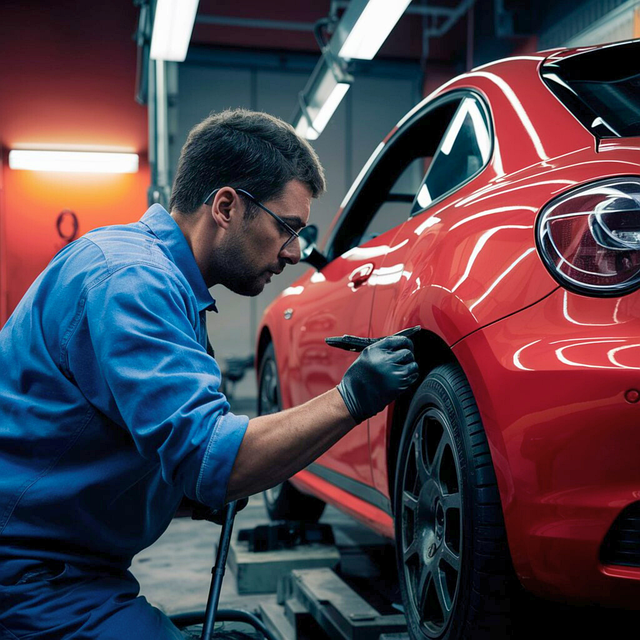
The environment plays a pivotal role in vintage vehicle collision restoration, influencing both the materials and techniques employed by skilled technicians. Factors like humidity, temperature, and air quality can significantly impact the condition of classic cars upon arrival at an auto repair shop, dictating specific strategies for each unique case of auto body work. For instance, higher humidity levels require careful consideration when dealing with metal panels, as moisture can lead to rust and corrosion, complicating the restoration process.
In regions with extreme temperatures, both hot and cold climates present distinct challenges. Prolonged exposure to heat can cause synthetic materials to degrade faster, while freezing temperatures may result in cracked paint or frozen fluids inside the vehicle’s components. Auto dent repair specialists must adapt their techniques accordingly, using specialized tools and materials designed to address these environmental-related issues, ensuring the longevity of vintage vehicles’ restored beauty.
Sustainable Practices: Adopting Eco-Friendly Methods for Restoring Vintage Vehicles Post-Collision
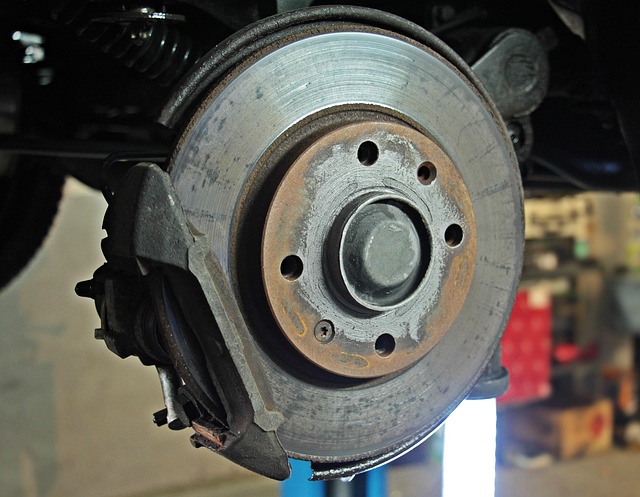
In the realm of vintage vehicle collision restoration, sustainable practices are gaining traction as restorers strive to balance historical preservation with environmental responsibility. One key aspect is adopting eco-friendly methods for auto body painting, which involves using low-VOC (volatile organic compound) paints and solvents that reduce pollution and improve air quality. Additionally, restorers are incorporating green tire services, opting for tires with lower production impacts and focusing on efficient disposal and recycling to minimize waste.
Frame straightening, a crucial step in the restoration process, is also evolving with more environmentally conscious techniques. Restorers are investing in advanced equipment and training to perform precise frame straightening while minimizing energy consumption and material waste. These sustainable practices not only contribute to the overall integrity of vintage vehicles but also ensure that their restoration aligns with modern environmental standards, making them a true testament to the fusion of history and eco-awareness.
In conclusion, restoring vintage vehicles involves a delicate balance between preserving historical integrity and employing sustainable practices. Environmental factors significantly influence collision restoration, from material degradation to technique selection. By understanding these unique challenges and adopting eco-friendly methods, restorers can ensure the longevity of these cherished classics while minimizing their environmental impact. This approach not only preserves the past but also contributes to a greener future for vintage vehicle collision restoration.
